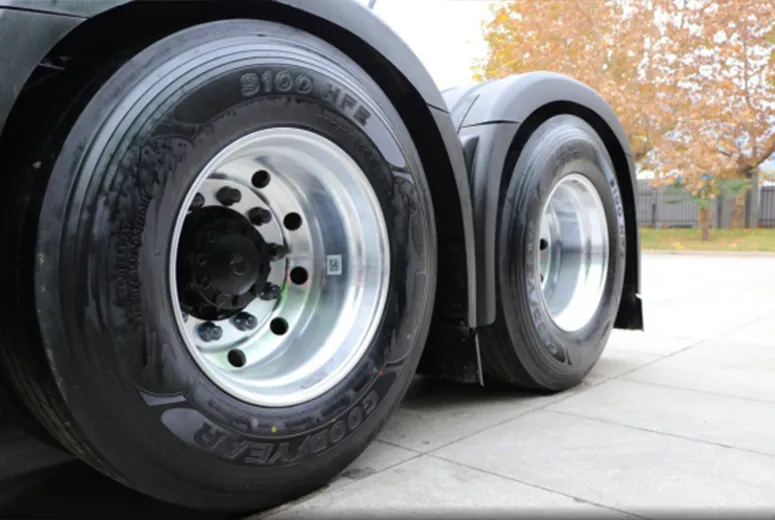Mixer Machine Design and Development for Enhanced Performance and Efficiency
The Construction and Importance of Mixer Machines
Mixer machines play a crucial role in various industries by facilitating the blending of different materials to achieve a homogeneous mixture. Commonly used in food processing, pharmaceuticals, and construction, these machines come in various designs and specifications, aimed at meeting the diverse needs of different sectors. Understanding the construction and operation of mixer machines is essential to maximizing their efficiency and ensuring product quality.
Types of Mixer Machines
Mixer machines can be broadly classified into two categories batch mixers and continuous mixers.
1. Batch Mixers These mixers are designed to handle a specific quantity of materials at a time. They operate on a batch basis, meaning that a pre-determined quantity of materials is mixed before it is discharged. Common examples include planetary mixers, ribbon mixers, and drum mixers. These machines are typically used in applications where small to medium production runs are needed.
2. Continuous Mixers Unlike batch mixers, continuous mixers operate without interruption and are suitable for large-scale production. They are designed to blend materials as they are fed into the machine, ensuring a constant flow of mixed output. Examples include twin-shaft mixers and paddle mixers, which are often employed in the construction industry for making concrete and other construction materials.
Key Components of Mixer Machines
The construction of mixer machines involves several key components, each designed to contribute to efficient mixing and processing
- Mixing Chamber This is the area where the materials are combined. The size and shape of the chamber vary based on the type and capacity of the mixer. A well-designed mixing chamber promotes uniform distribution and prevents dead zones where materials can accumulate without being properly mixed.
- Agitators or Blades These are the tools responsible for the mixing action. Different mixer types use different designs of agitators, such as helical, paddle, or toothed blades, depending on the viscosity and type of materials being mixed. The choice of agitator significantly influences the efficiency of mixing.
- Drive System This system powers the mixing action. It can include electric motors or hydraulic systems, depending on the size and type of mixer. The drive system ensures that the agitators operate at the necessary speed for effective mixing.
mixer machine construction

- Control Panel Many modern mixer machines are equipped with an electronic control panel, allowing operators to adjust mixing times, speeds, and temperatures
. Automation features can improve consistency and reduce labor costs.- Inlet and Discharge Ports These are the points where materials enter the mixer and where the mixed product is discharged. Proper design of these ports is essential to ensure smooth operation and minimize the chances of material spillage.
Construction Process and Considerations
The construction of mixer machines involves careful planning and engineering to ensure that they can withstand the demands of their applications. Here are some considerations that engineers keep in mind during the construction process
1. Material Selection The materials used in constructing mixer machines must be durable and resistant to wear and tear. Stainless steel is commonly chosen for food processing mixers, while carbon steel may be used in construction mixers.
2. Design Specifications The design must accommodate the specific mixing requirements of the end product. Factors such as the density of materials, desired mixing time, and temperature requirements must be taken into account.
3. Safety Features Safety is paramount in the construction of mixer machines. Engineers incorporate features like guards, emergency stop buttons, and overload protection to ensure safe operation.
4. Maintenance Accessibility The design should facilitate easy access for maintenance and cleaning, especially in industries like food processing, where hygiene is critical.
Conclusion
Mixer machines are vital equipment in numerous industries, each designed with specific construction features to meet unique mixing requirements. By understanding the types, key components, and construction processes, manufacturers can select the appropriate mixer machines that optimize their operations and improve product quality. As industries continue to evolve, the demand for efficient and reliable mixer machines will only grow, highlighting the importance of innovation in their design and construction.
-
SINOTRUK HOWO 84 Electric Dump Truck for Eco-Friendly Heavy HaulingNewsJul.26,2025
-
The Fast 16-Gear Manual Transmission Assembly for Heavy TrucksNewsJul.25,2025
-
Mercedes Benz Actros 1848 42 Tractor Truck for Sale - Reliable PerformanceNewsJul.24,2025
-
High-Quality Water Pump Assembly for Sinotruk Trucks – Durable & ReliableNewsJul.23,2025
-
Premium Truck Engine Antifreeze Coolant Fluid for Heavy Duty VehiclesNewsJul.22,2025
-
FOTON View G7 Mini Bus: Affordable & Spacious TransportNewsJul.22,2025
Popular products

























